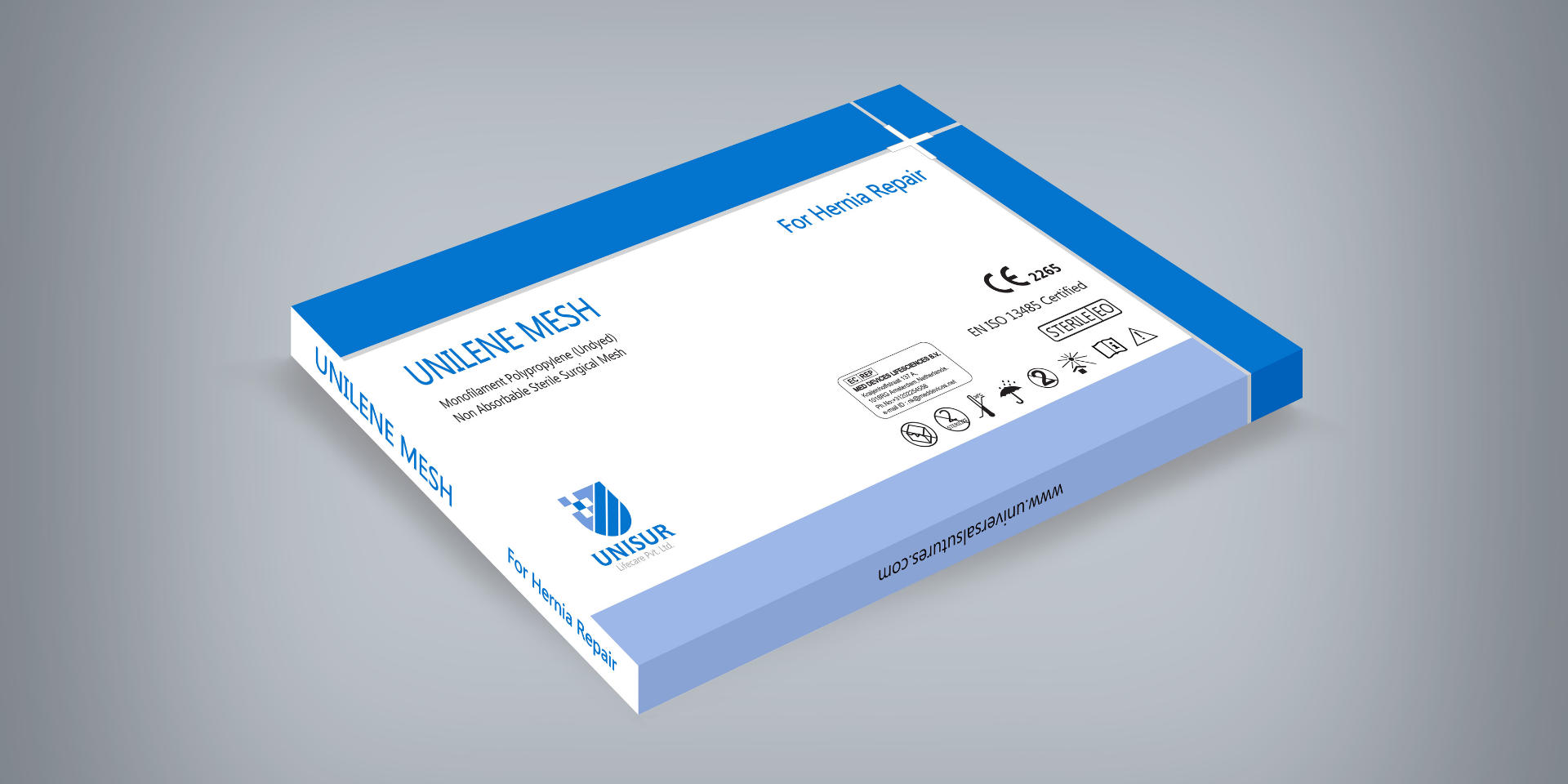In the realm of modern medicine, surgical mesh has emerged as a groundbreaking tool, revolutionizing the landscape of surgical procedures across various disciplines. From hernia repairs to pelvic organ prolapse corrections, the implementation of surgical mesh has offered both patients and medical professionals a promising solution for addressing a myriad of health concerns. However, amidst its widespread utilization, the debate surrounding the efficacy and safety of surgical mesh continues to intensify, prompting a critical examination of its benefits, risks, and evolving innovations.
Understanding Surgical Mesh:
Surgical mesh, typically crafted from synthetic materials or occasionally biological tissues, serves as a supportive scaffold during surgical interventions. Its design aims to reinforce weakened or damaged tissue, facilitating the healing process and reducing the risk of recurrence. With a diverse range of applications, surgical mesh finds extensive use in procedures such as hernia repairs, pelvic organ prolapse surgeries, and urinary incontinence treatments.
Benefits of Surgical Mesh:
One of the primary advantages of surgical mesh lies in its ability to provide enhanced structural support compared to traditional suturing techniques. By distributing tension evenly across the affected area, mesh implants can effectively reduce the likelihood of tissue rupture or hernia recurrence, leading to improved surgical outcomes and long-term patient satisfaction.
Moreover, surgical mesh procedures often result in shorter recovery times and decreased post-operative pain for patients. The minimally invasive nature of many mesh-based surgeries allows for smaller incisions, reducing trauma to surrounding tissues and expediting the healing process. Consequently, patients can return to their daily activities sooner, enjoying a faster restoration of normalcy in their lives.
Risks and Controversies:
Despite its widespread adoption, surgical mesh is not without its share of controversies and potential risks. Reports of complications such as mesh erosion, infection, and chronic pain have fueled concerns regarding the safety of these implants. In some cases, patients have experienced adverse reactions to the mesh material, necessitating additional surgeries for removal or revision.
The controversy surrounding surgical mesh reached a pinnacle when regulatory agencies in several countries issued warnings or imposed restrictions on its use in certain procedures. These actions underscored the importance of comprehensive risk assessment and patient counseling prior to the implementation of mesh-based interventions.
Innovations and Evolving Practices:
In response to the challenges posed by adverse events associated with traditional mesh implants, ongoing research and development efforts have spurred the creation of innovative alternatives. Bioabsorbable meshes, for instance, offer a promising solution by gradually breaking down and integrating with the body’s tissues over time, eliminating the need for permanent implants and potentially reducing the risk of long-term complications.
Furthermore, advancements in surgical techniques, such as the adoption of robotic-assisted procedures and tailored mesh designs, aim to enhance the precision and customization of mesh implantation, optimizing patient outcomes while minimizing the likelihood of complications.
Navigating the Decision-Making Process:
For patients and healthcare providers alike, navigating the decision-making process surrounding surgical mesh necessitates a thorough understanding of its benefits, risks, and available alternatives. Open and transparent communication between patients and their healthcare providers is paramount, allowing for informed discussions regarding treatment options, potential outcomes, and associated risks.
Patients should actively participate in shared decision-making processes, voicing their preferences, concerns, and priorities to ensure that treatment plans align with their individual needs and values. Additionally, thorough preoperative assessments and comprehensive follow-up care play crucial roles in monitoring patient progress and addressing any emerging issues promptly.
Conclusion:
In conclusion, surgical mesh stands as a testament to the remarkable advancements achieved in the field of modern medicine. While its widespread utilization has undeniably transformed surgical practices and improved patient outcomes in many cases, the controversies and risks surrounding its use necessitate a cautious and informed approach. By embracing innovation, fostering open dialogue, and prioritizing patient-centered care, healthcare providers can navigate the complexities of surgical mesh with confidence, ensuring optimal outcomes and improved quality of life for patients worldwide.





